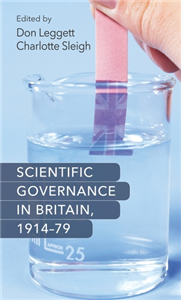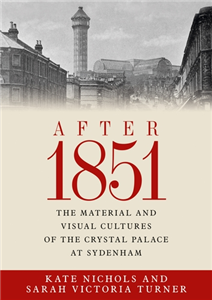Mathematics for economists
An introductory textbook (new edition)
by Malcolm Pemberton, Nicholas Rau
This book is a self-contained treatment of all the mathematics needed by undergraduate and masters-level students of economics. Building up gently from a very low level, the authors provide a clear, systematic coverage of calculus and matrix algebra. The second half of the book gives a thorough account of probability, optimisation and dynamics. The final two chapters are an introduction to the rigorous mathematical analysis used in graduate-level economics. The emphasis throughout is on intuitive argument and problem-solving. All methods are illustrated by examples, exercises and problems selected from central areas of modern economic analysis. The book's careful arrangement in short chapters enables it to be used in a variety of course formats for students with or without prior knowledge of calculus, for reference and for self-study. This new fourth edition includes two chapters on probability theory, providing the essential mathematical background for upper-level courses on economic theory, econometrics and finance. Answers to all exercises and complete solutions to all problems are available online from a regularly updated website.
























